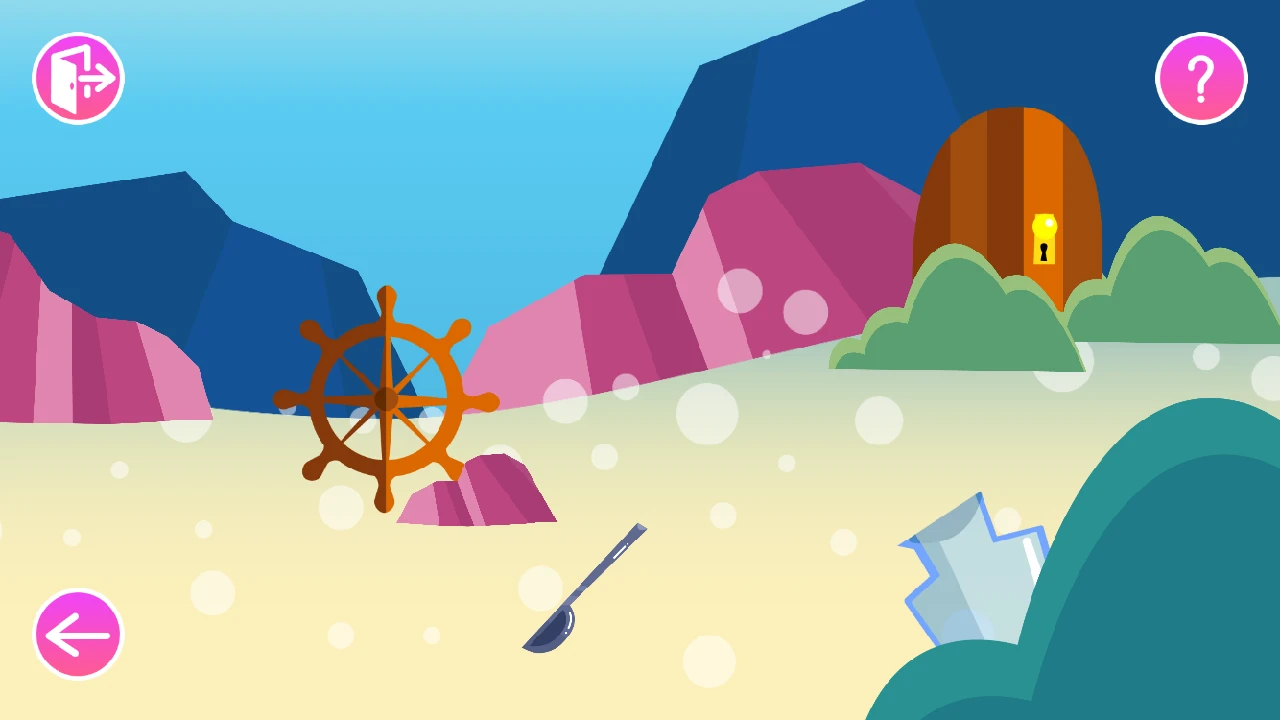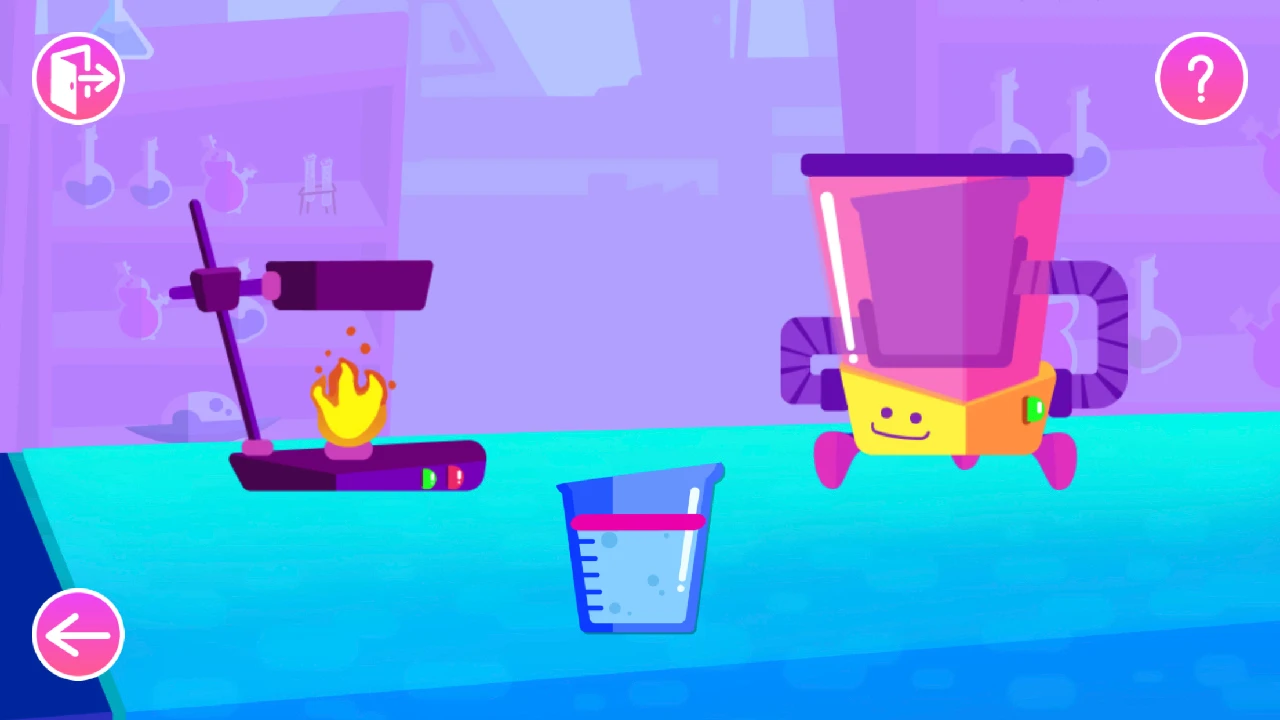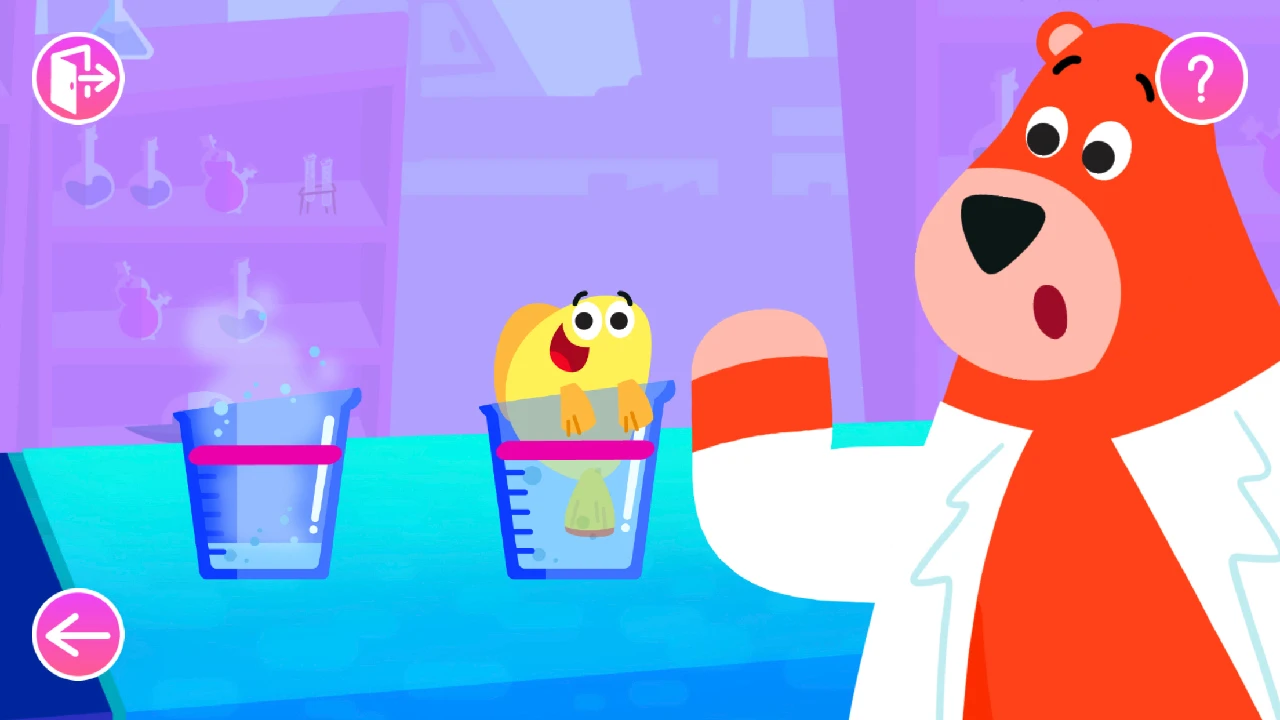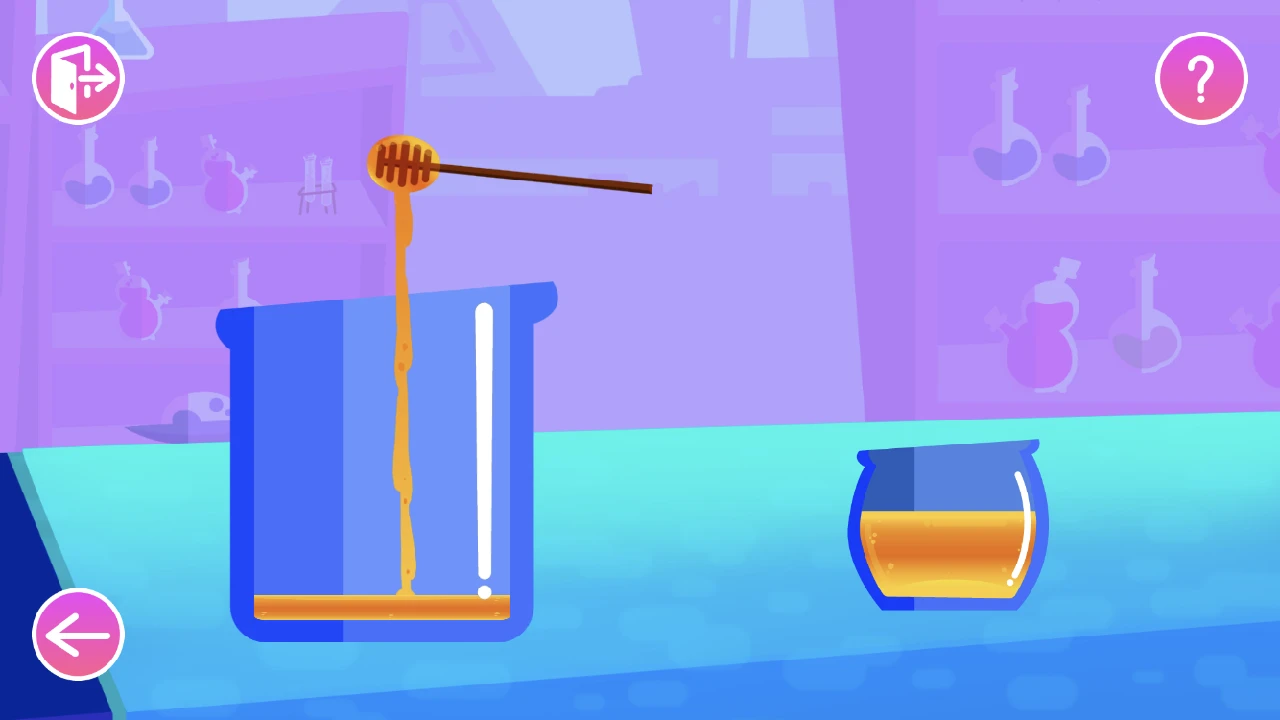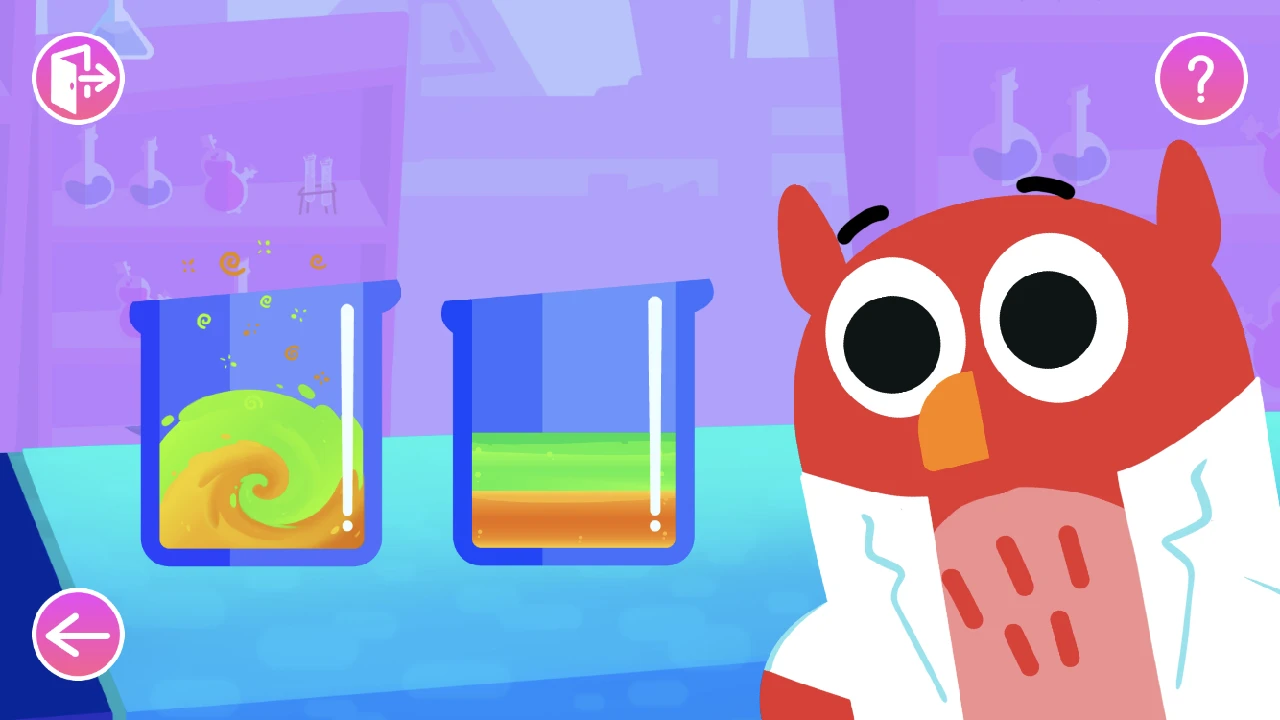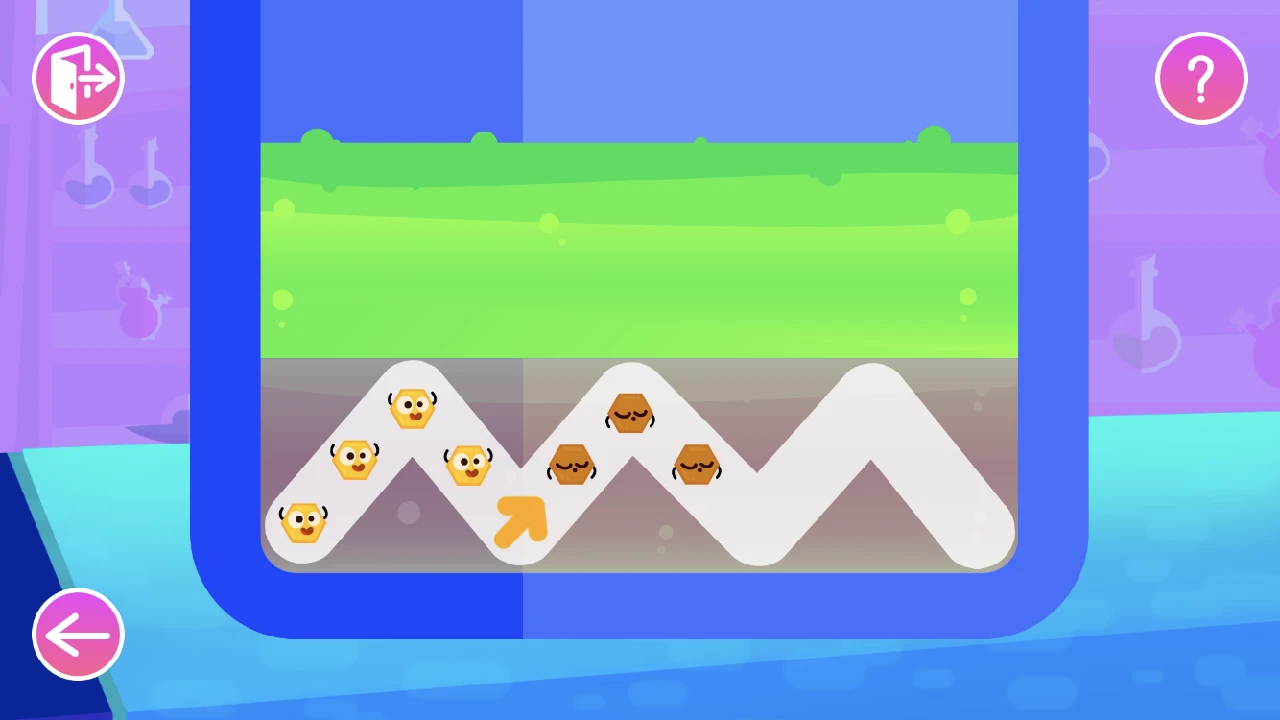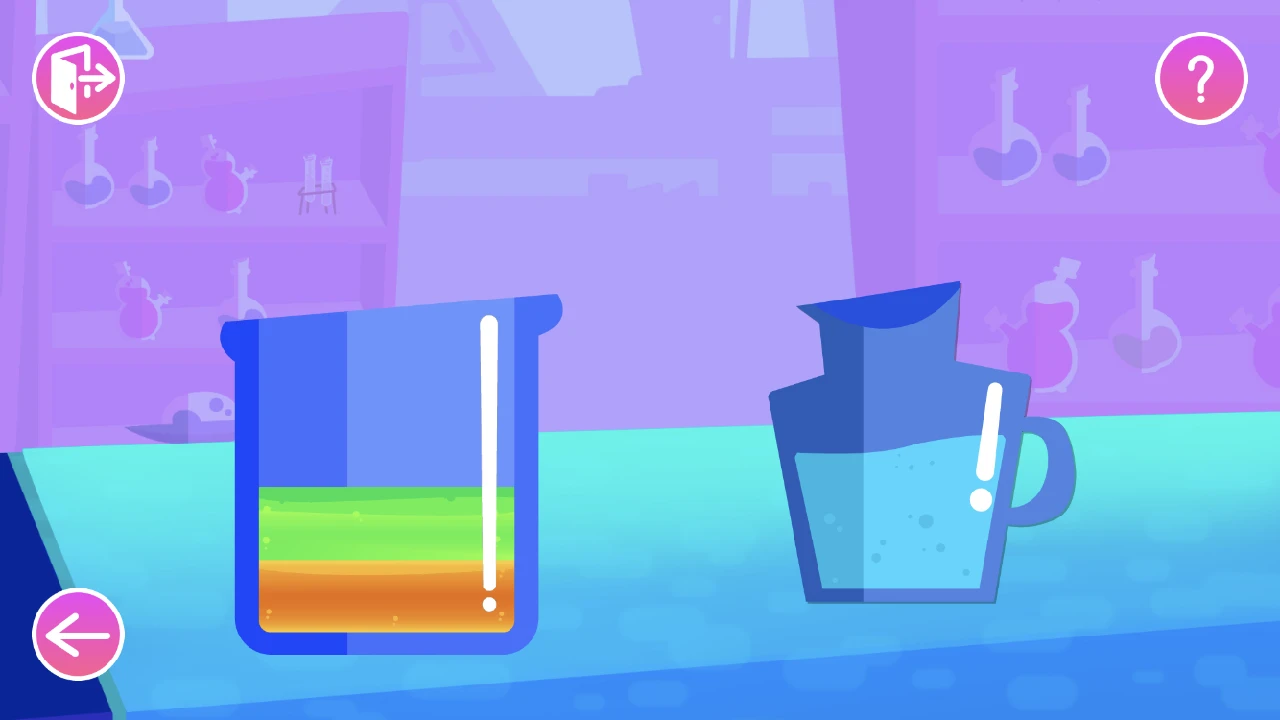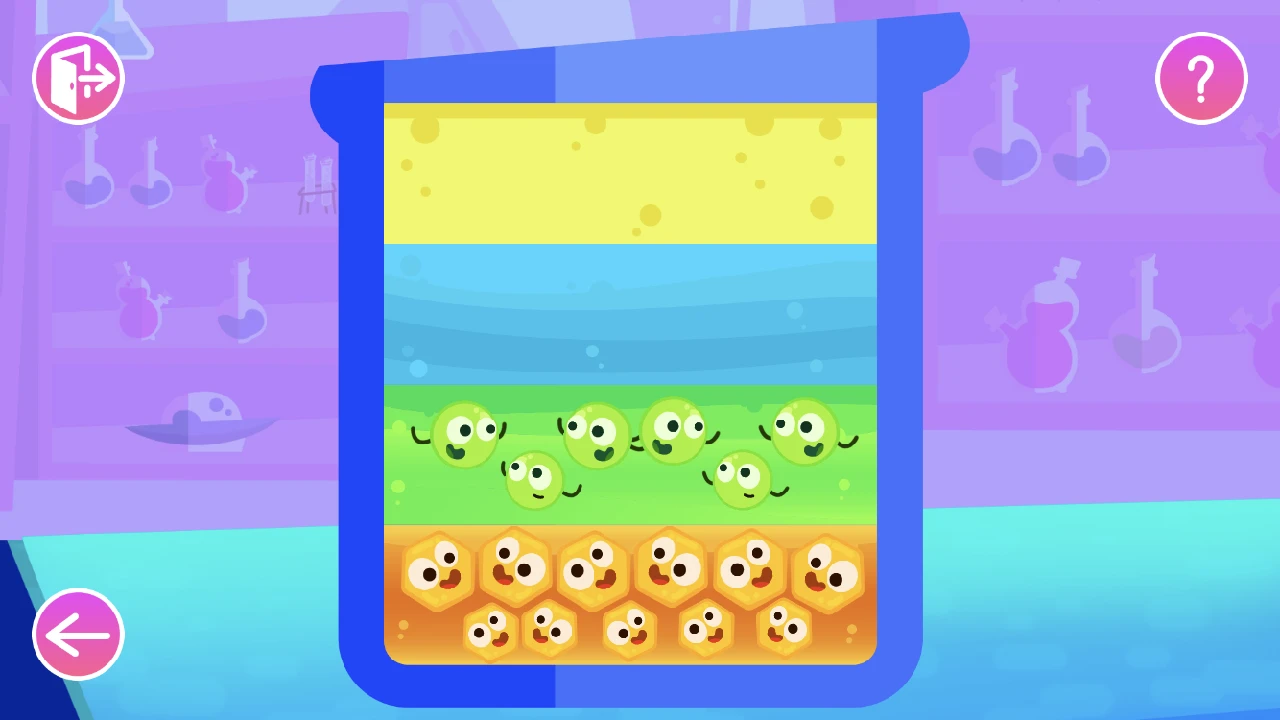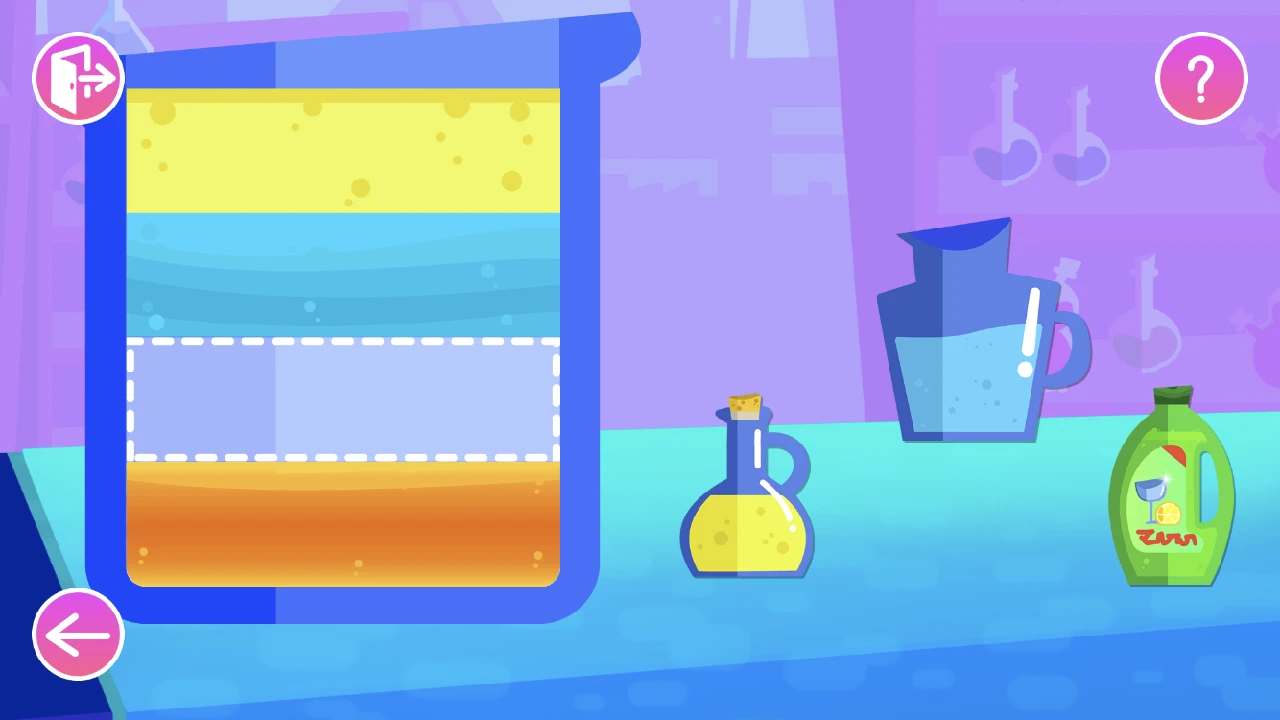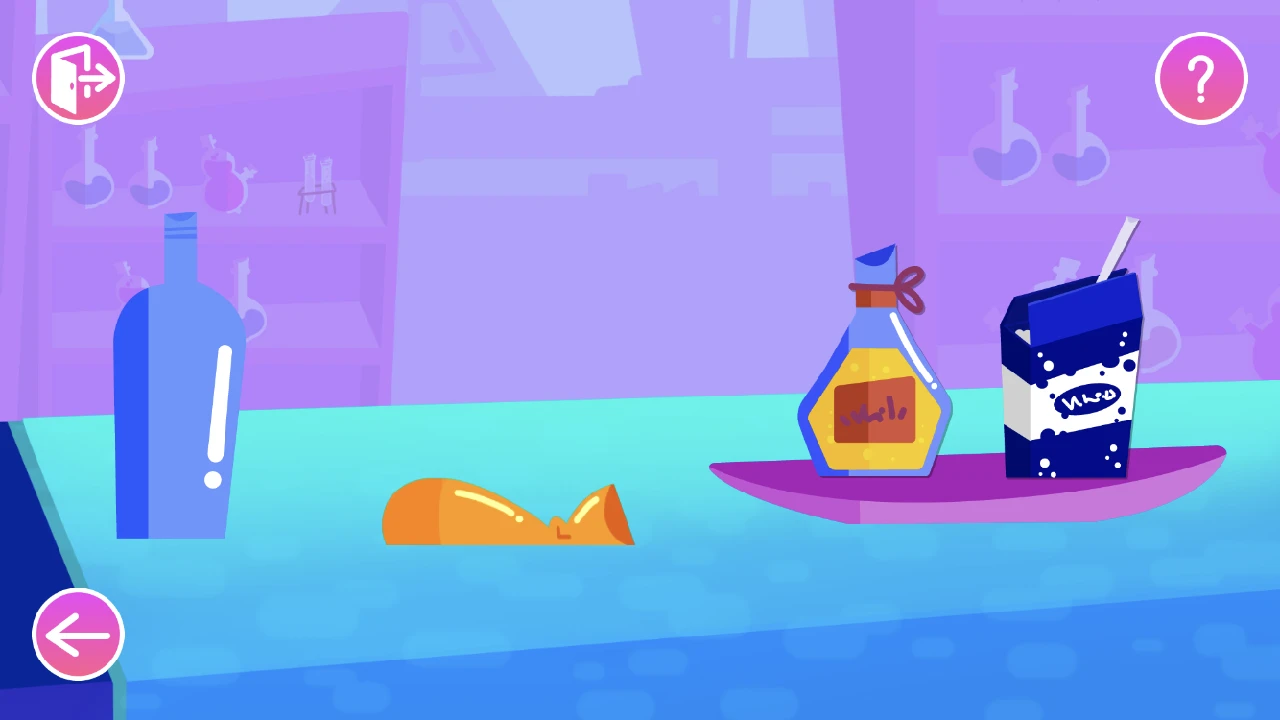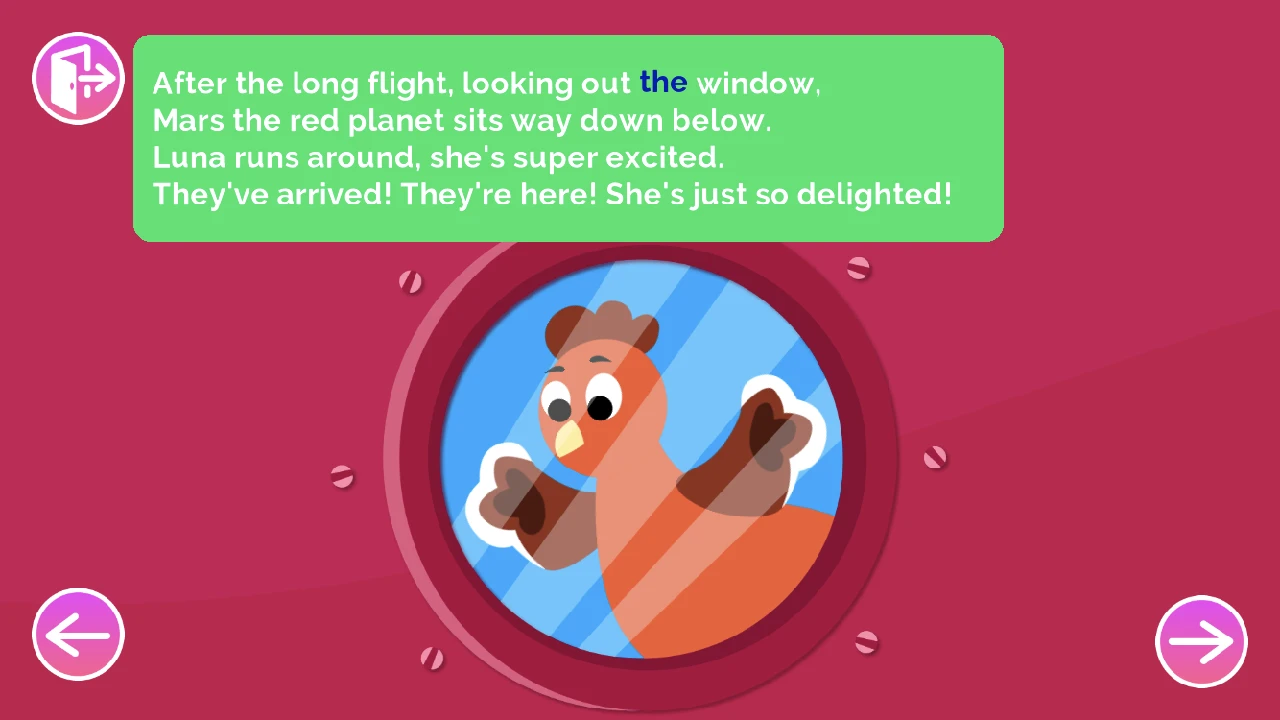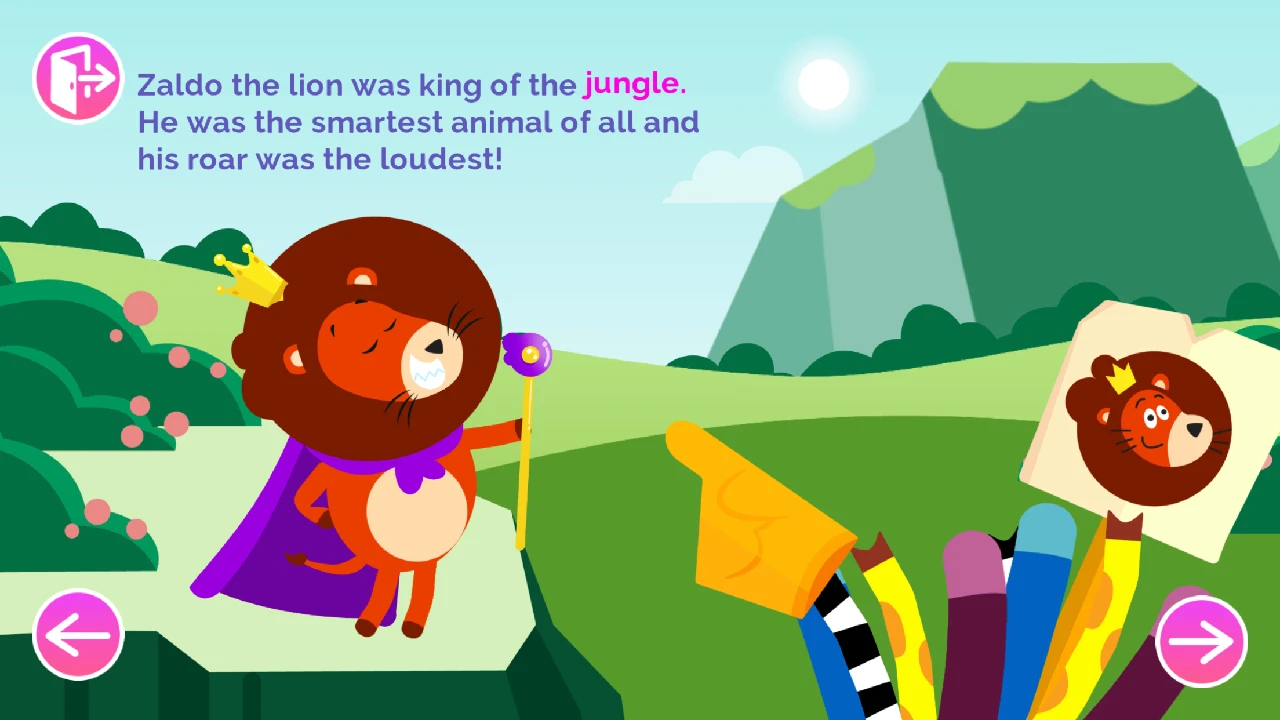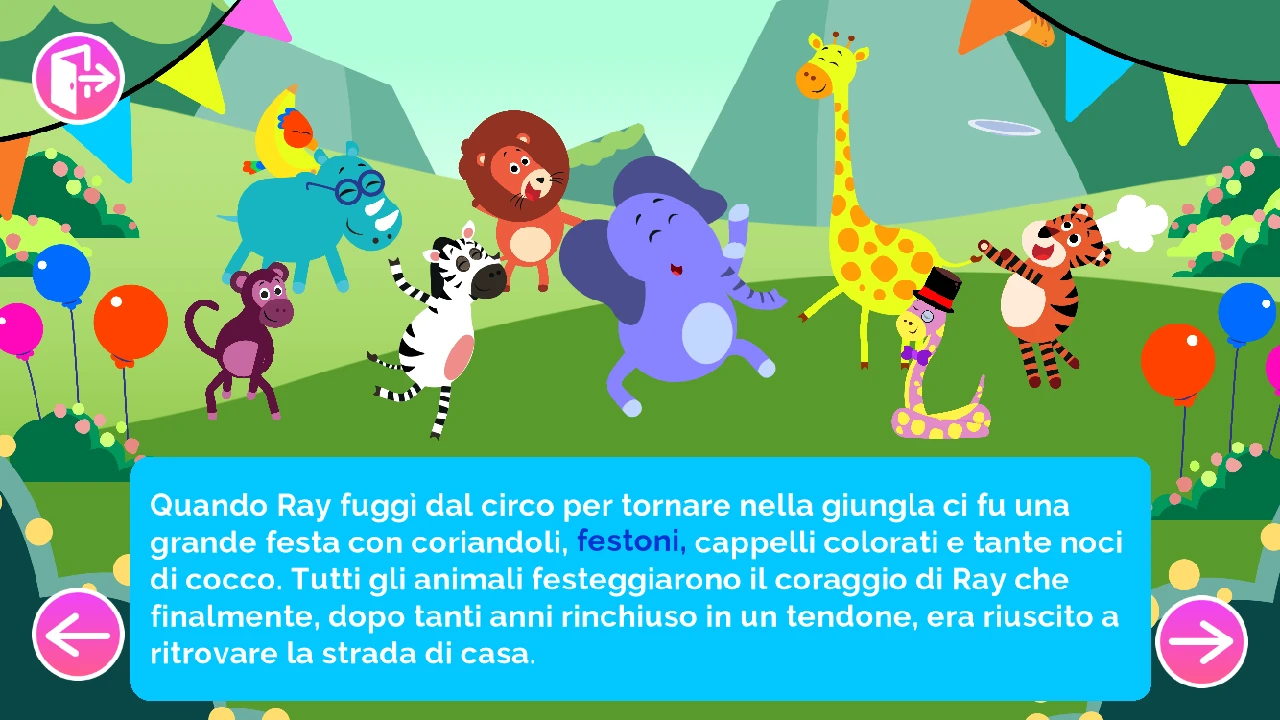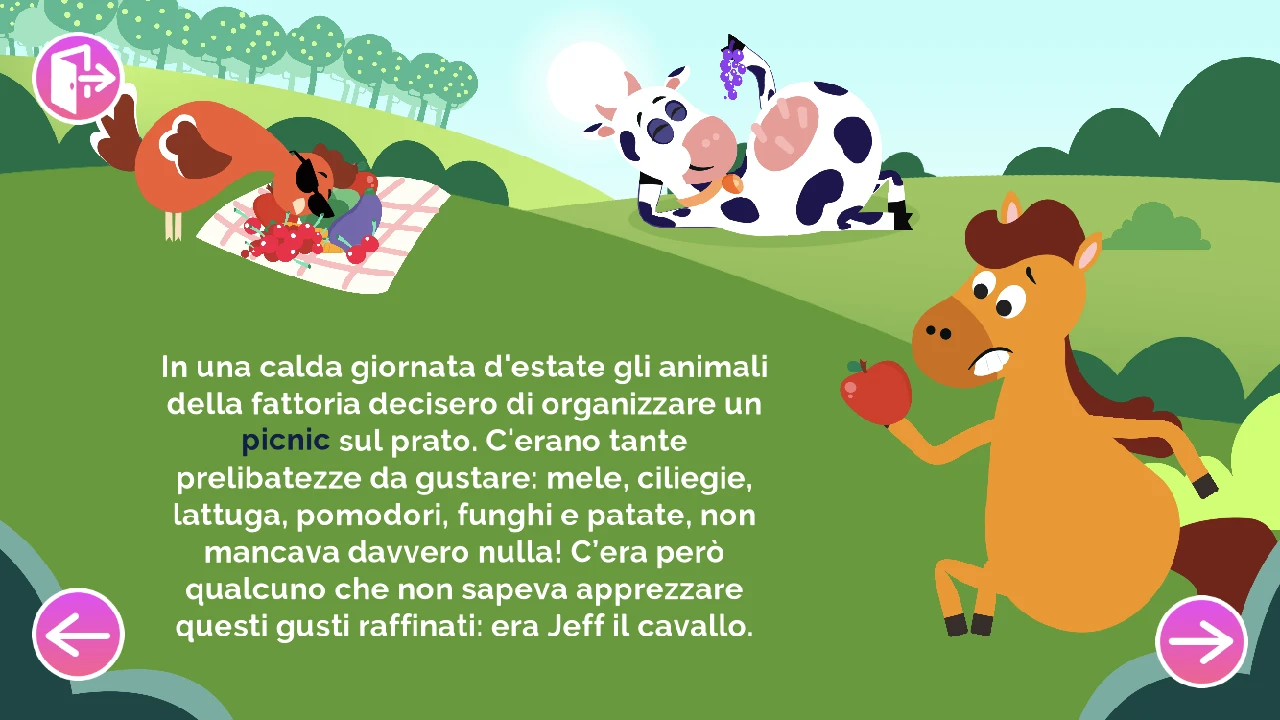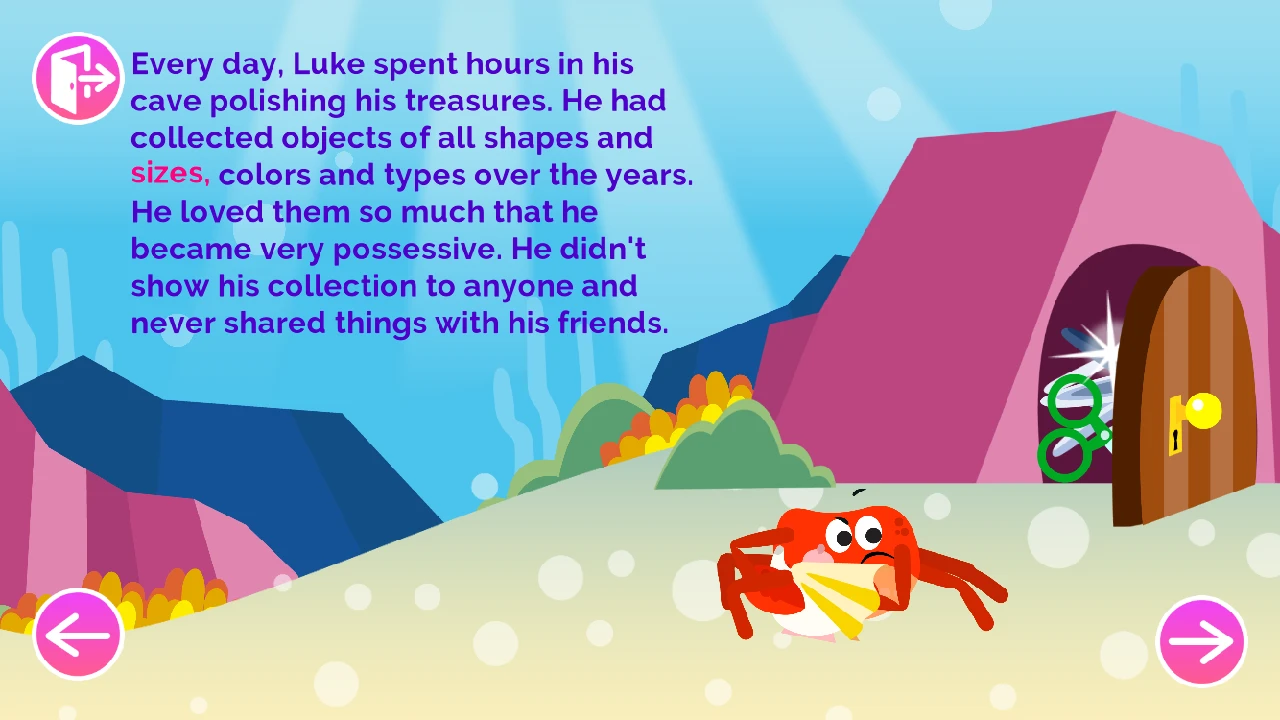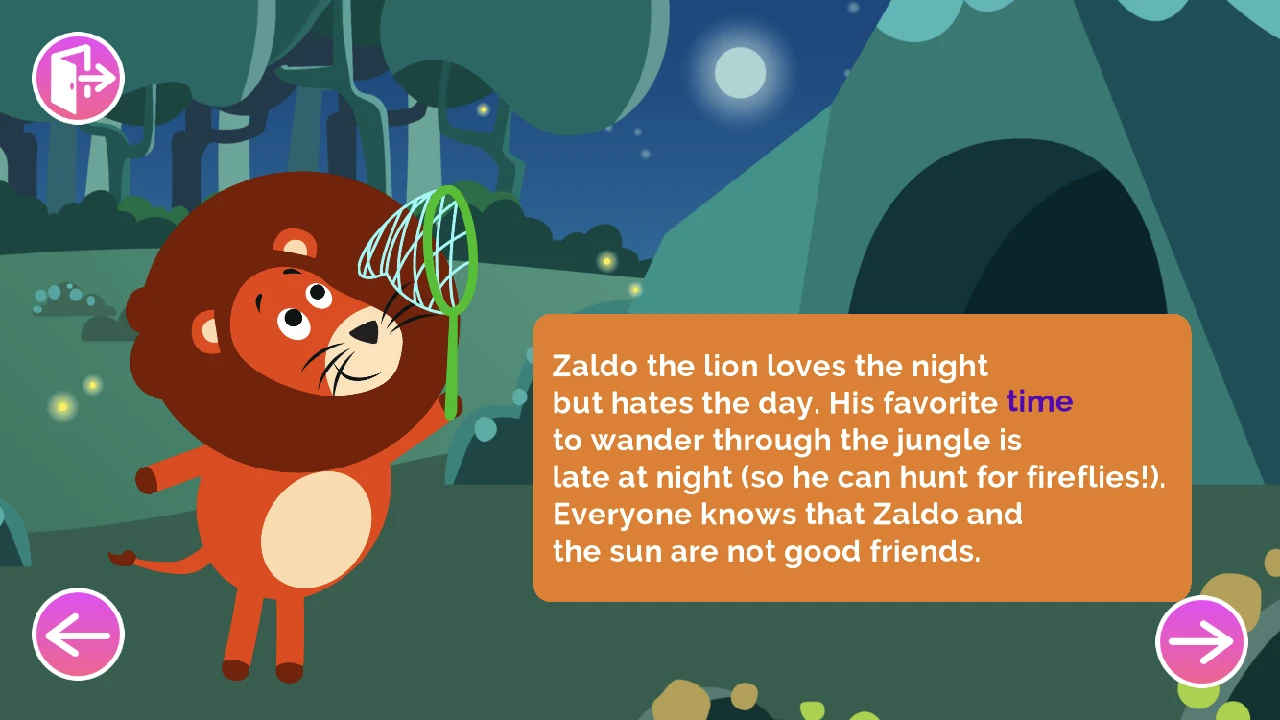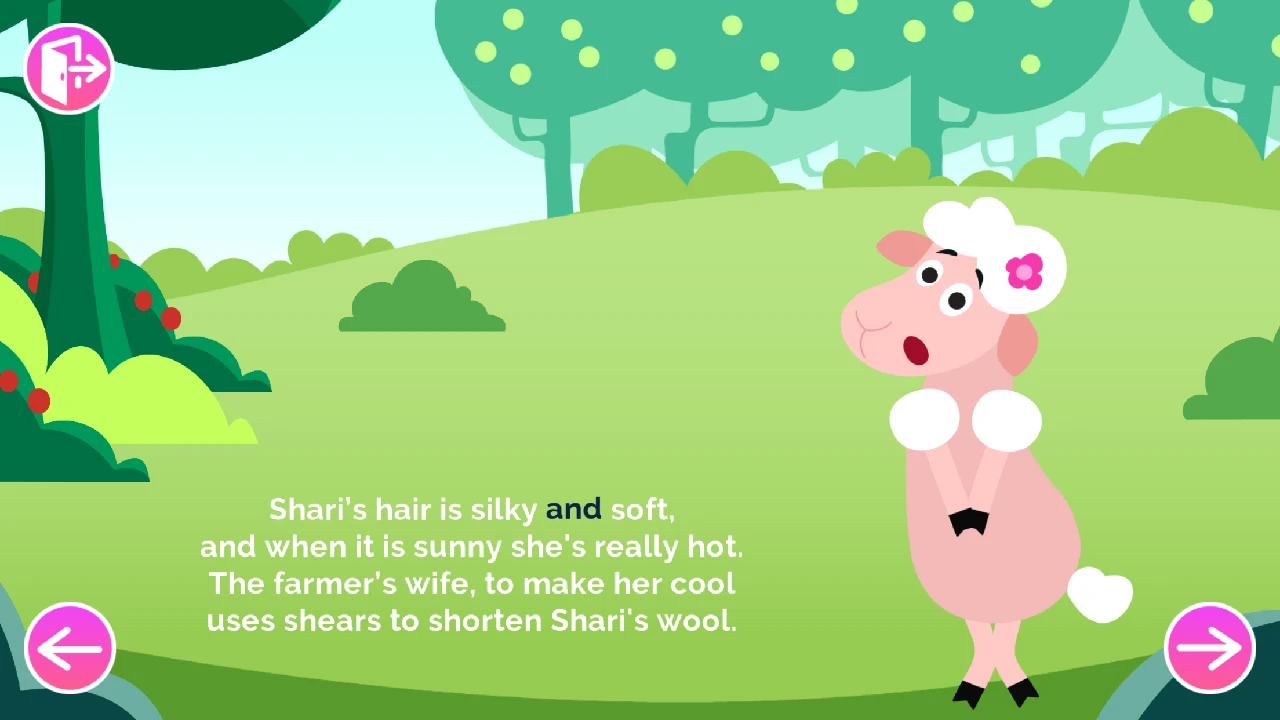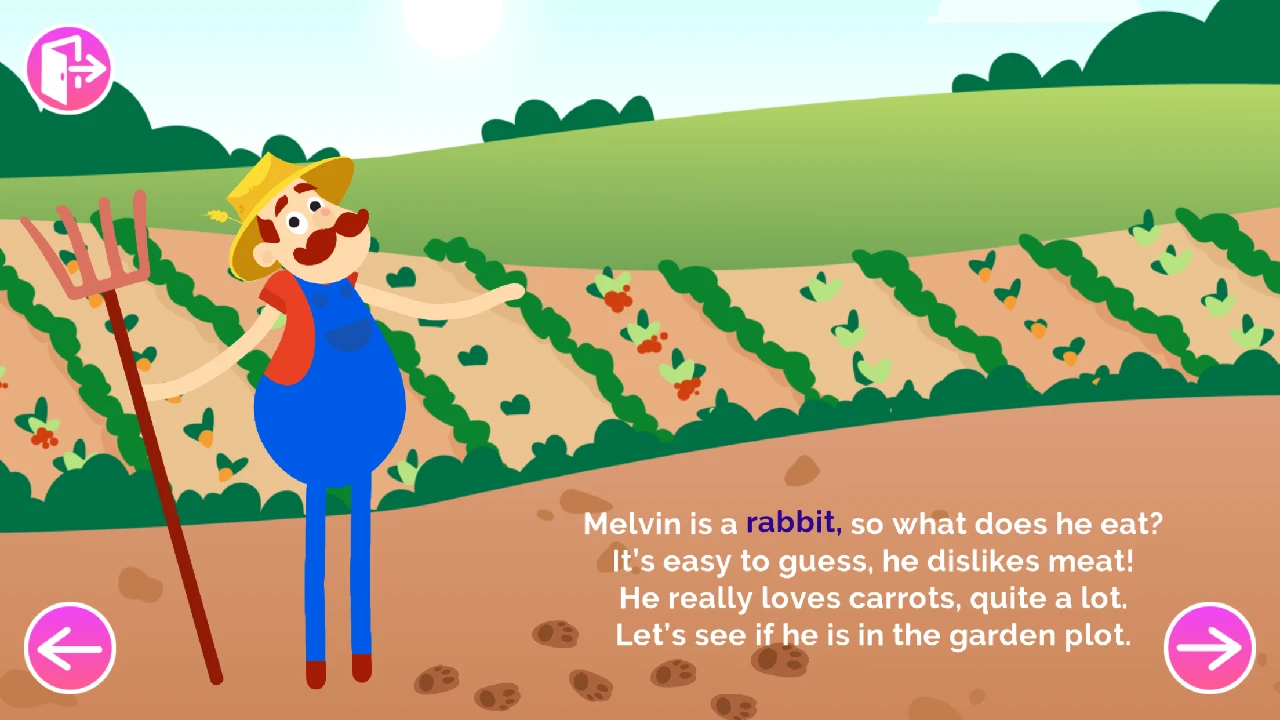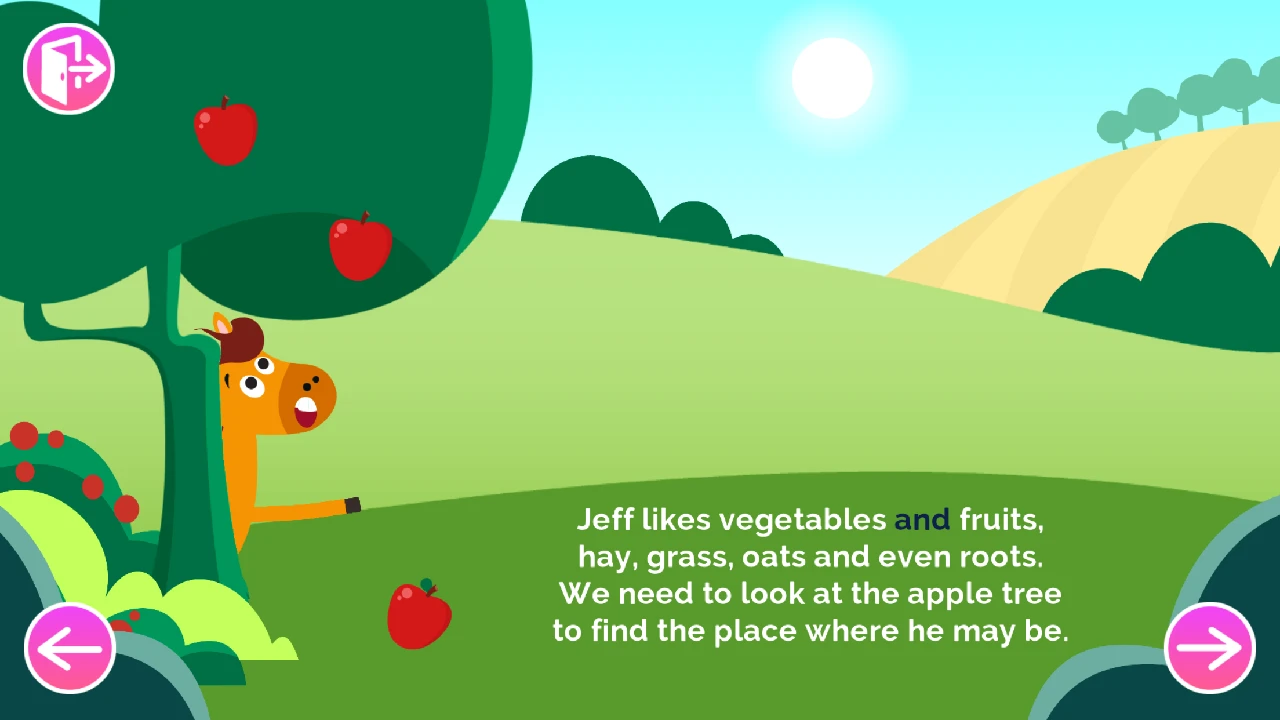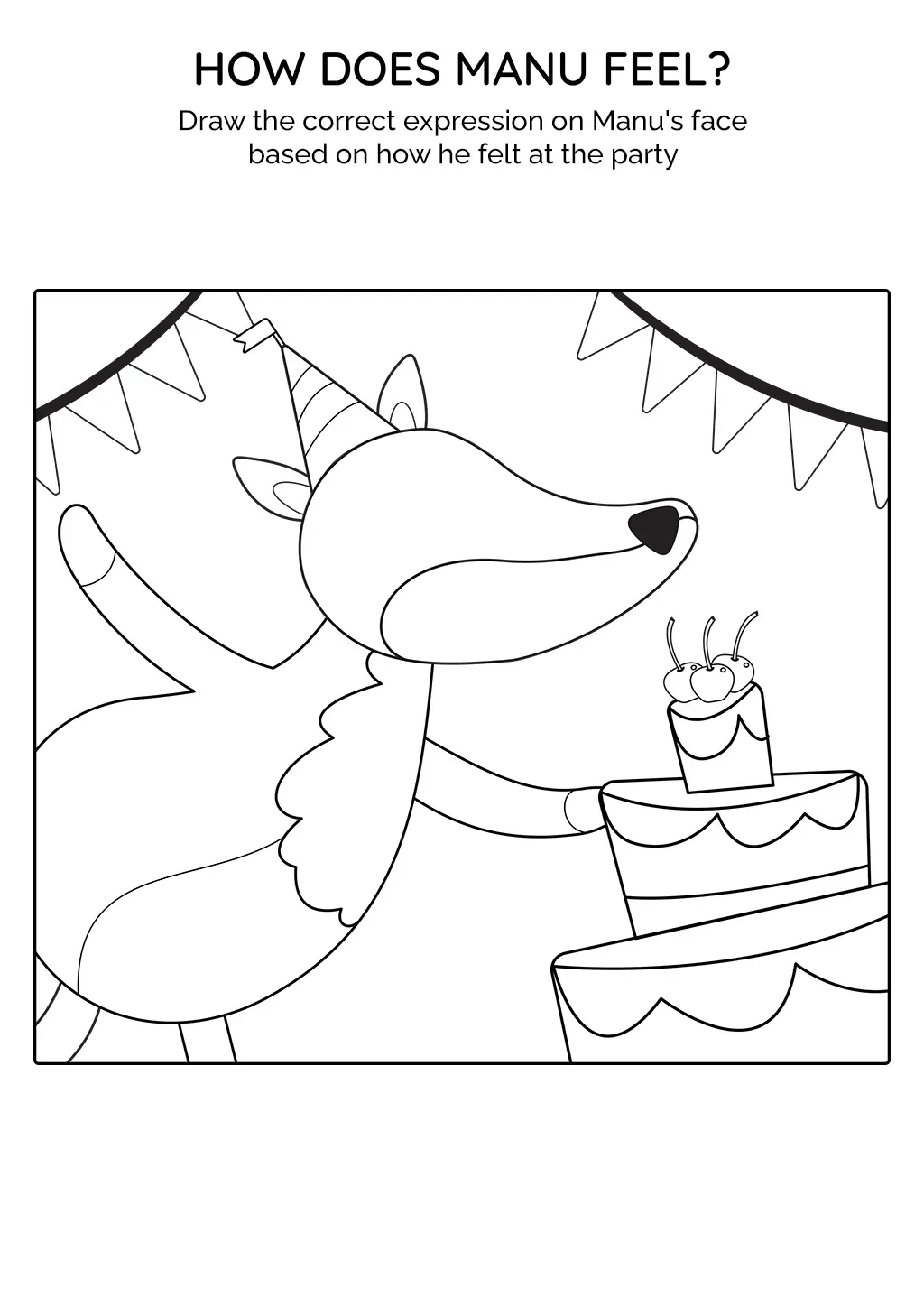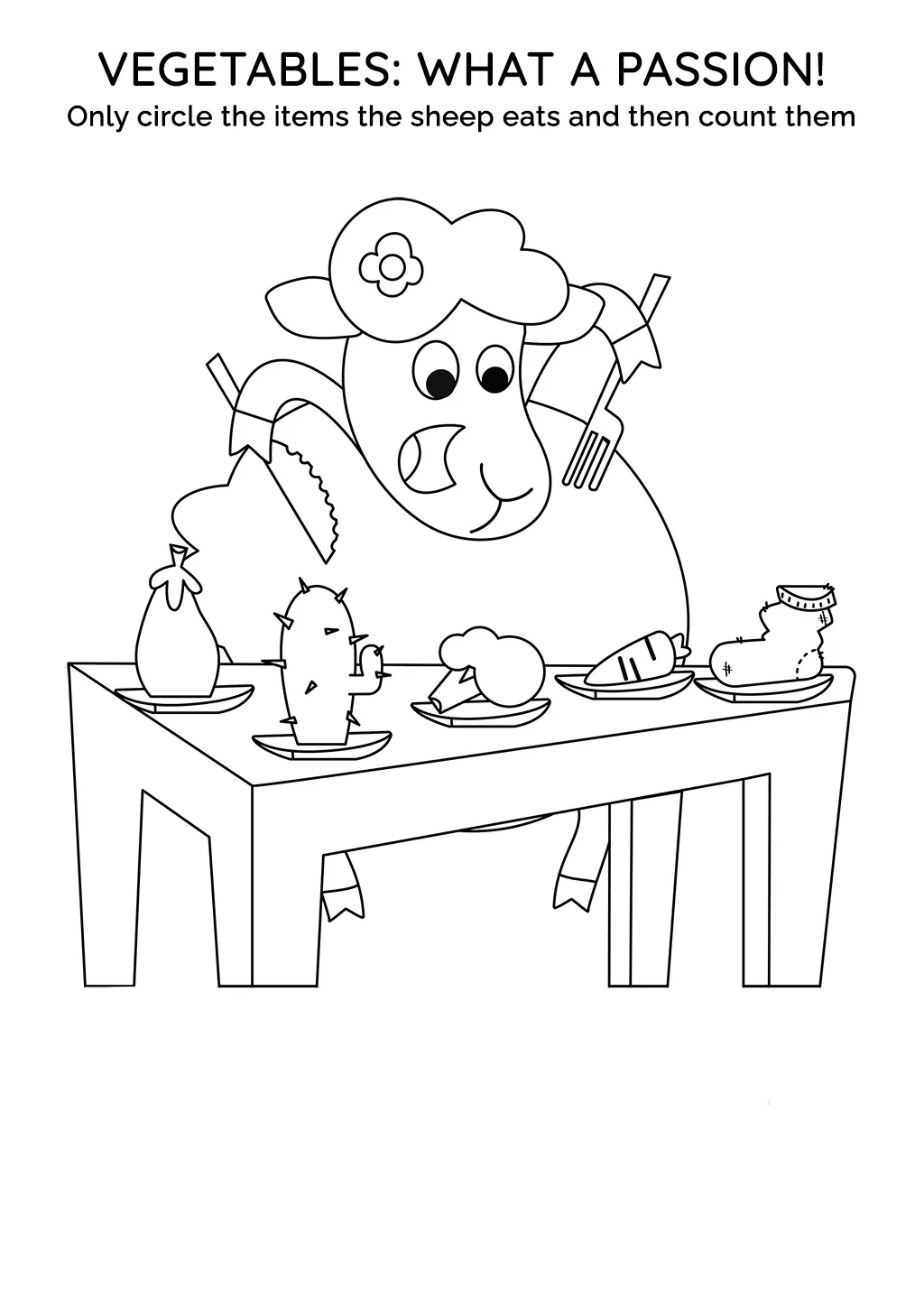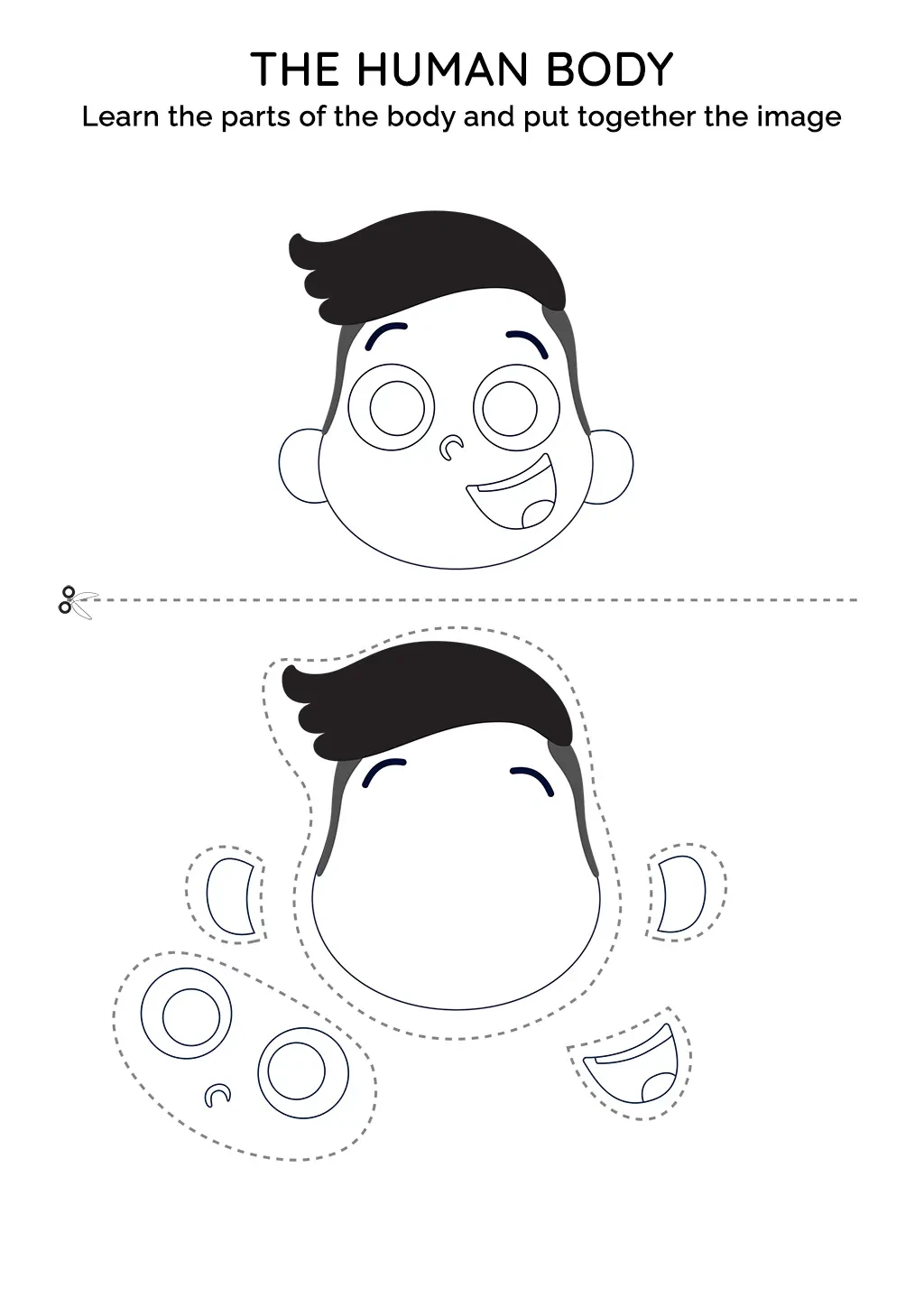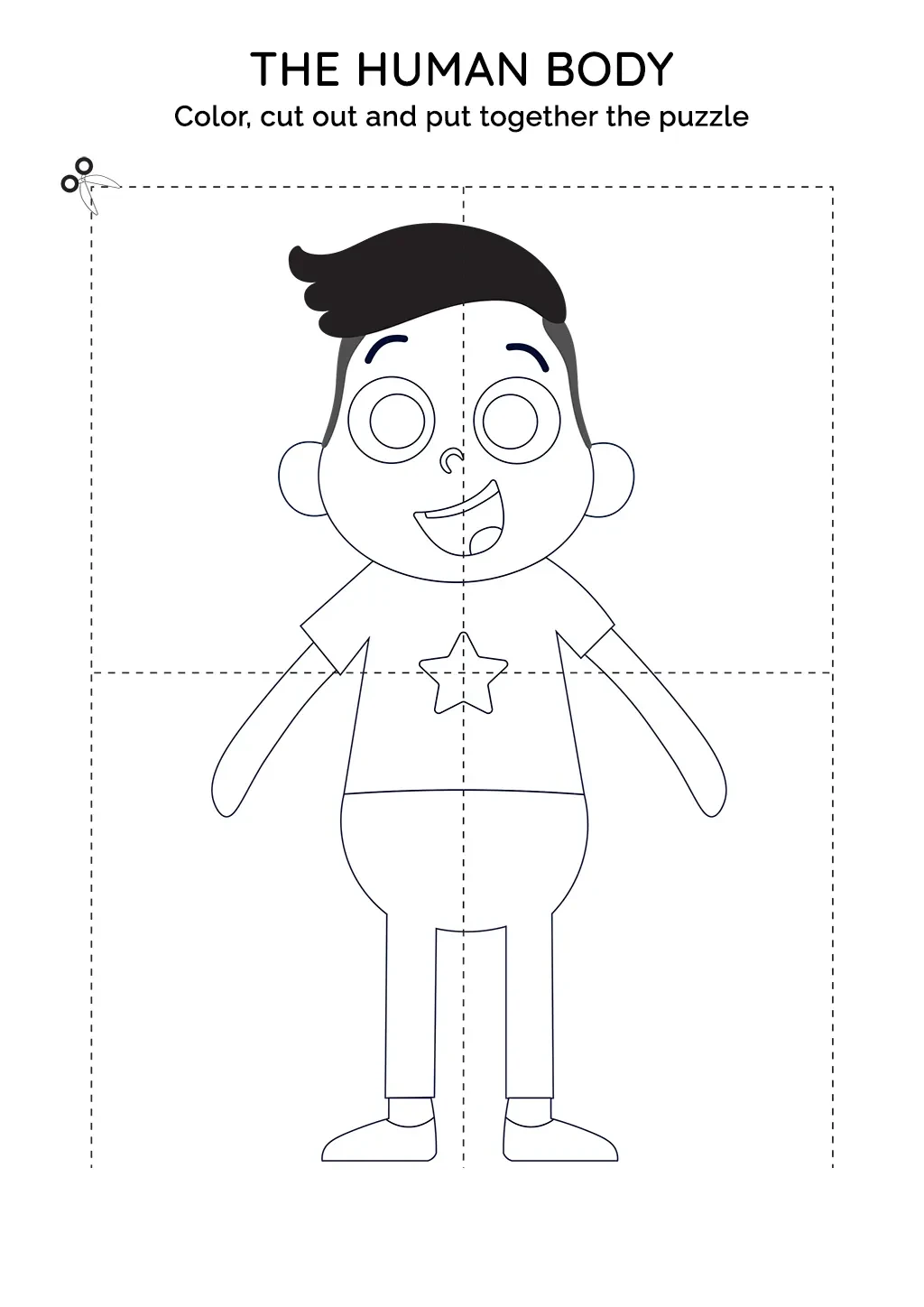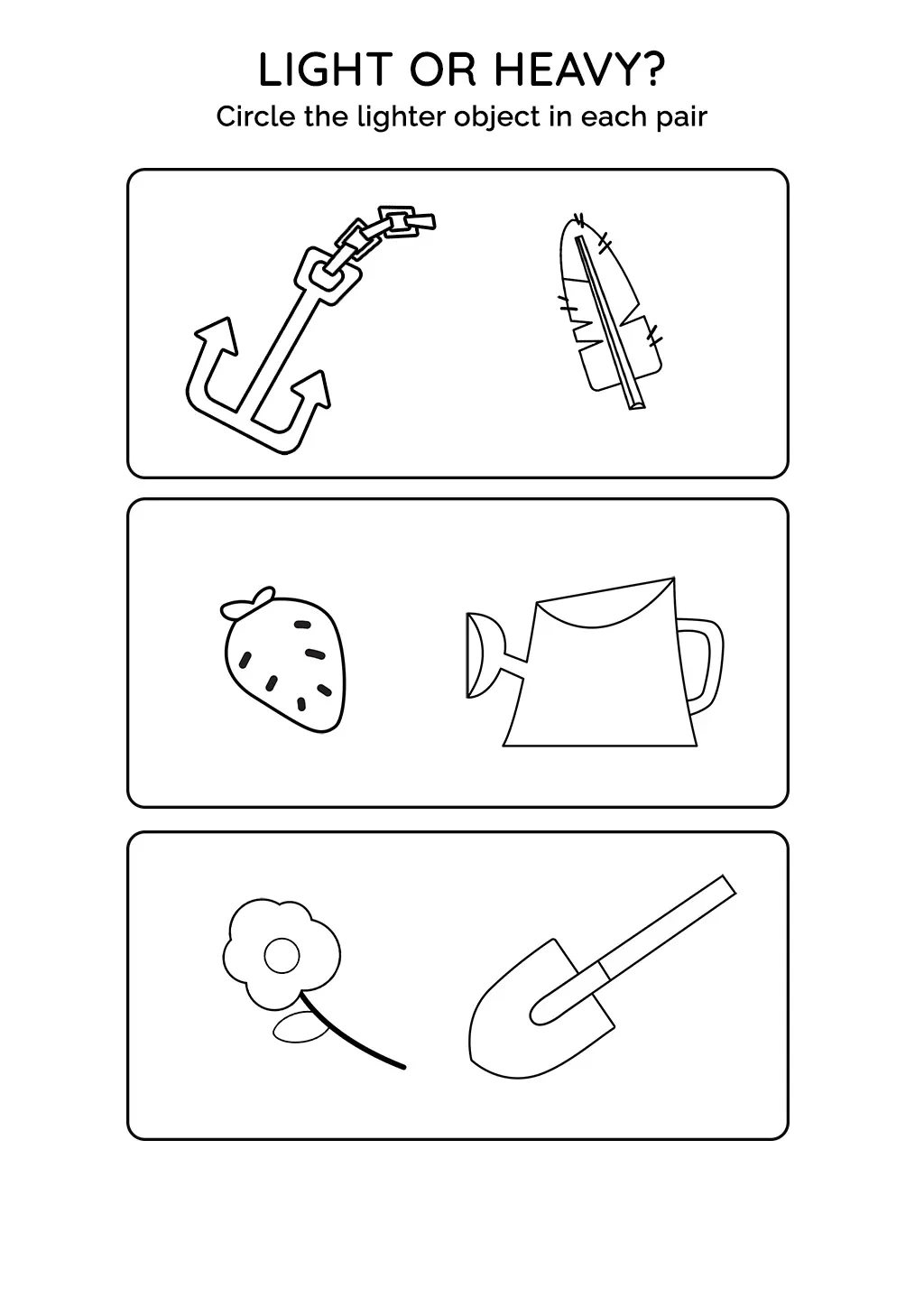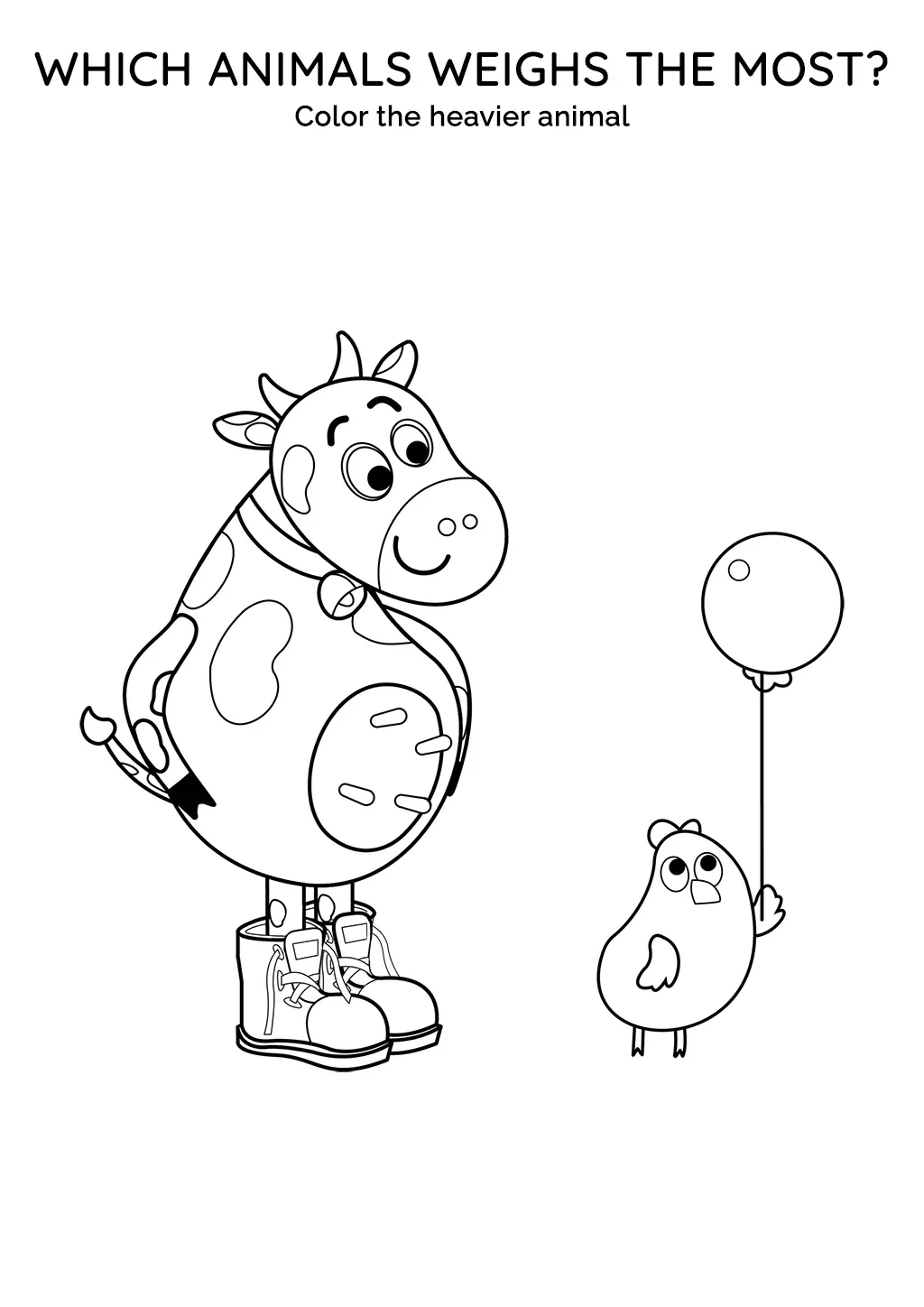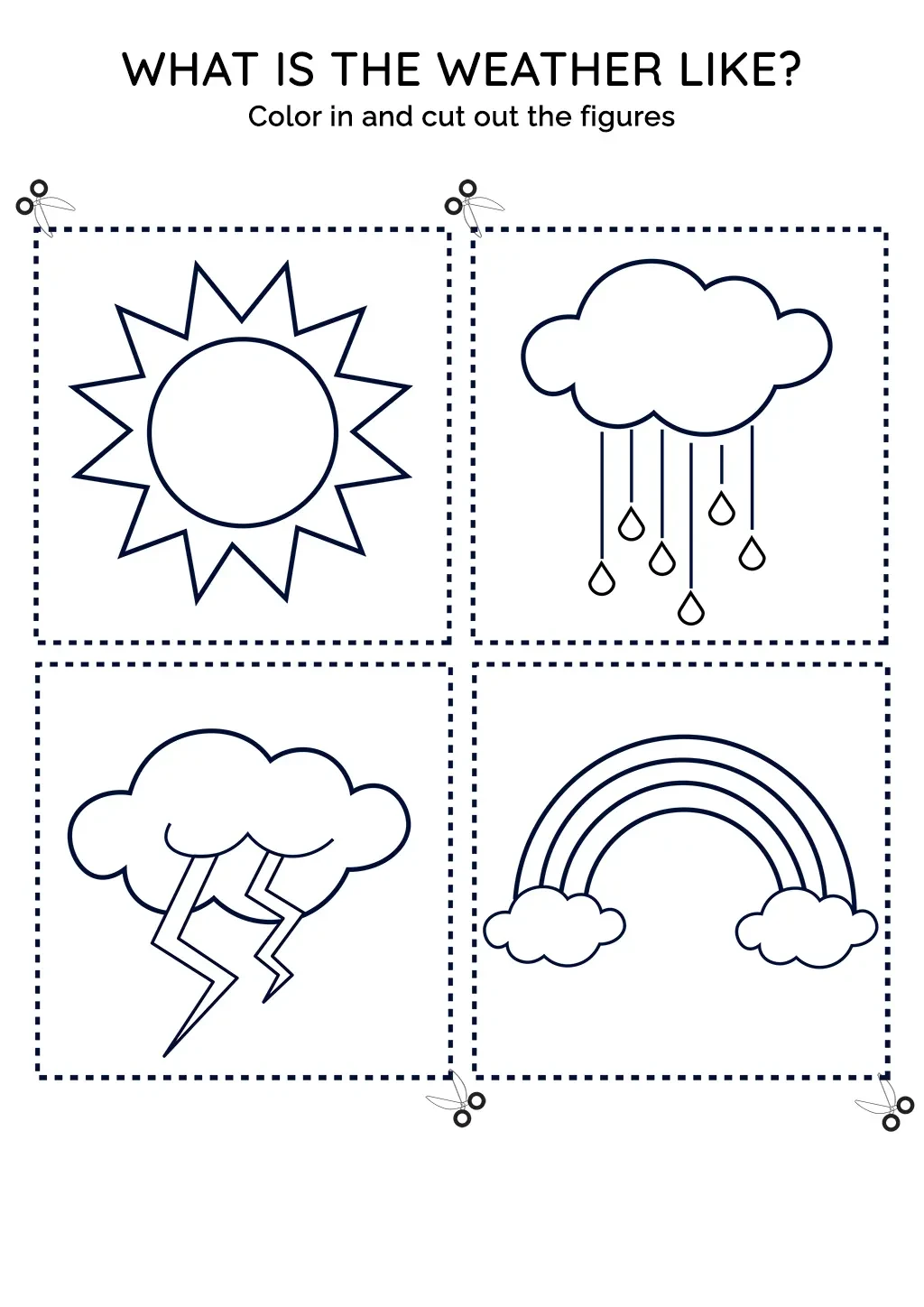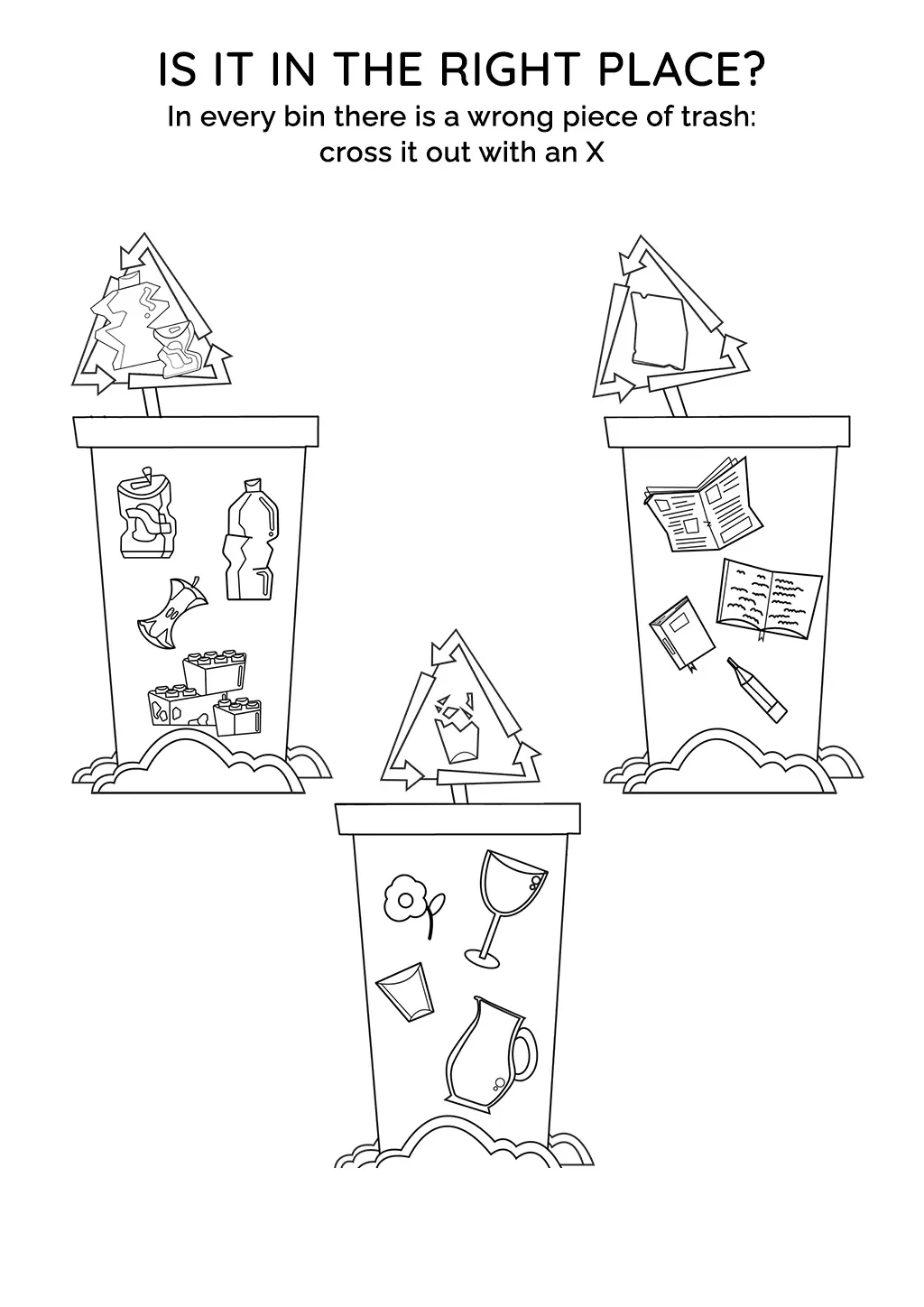The universe of children is a wonderful laboratory of discoveries, an open field for exploration and curiosity. Every day, the youngest among us learn to distinguish between what is alive and what is not, expanding their understanding of the surrounding world. But how can we explain the difference between living and non-living beings in a fun and engaging way? How can we introduce children to science, observation, and analysis? In the preschool age, when imagination soars and the desire to learn is boundless, we can use tools and daily experiences to teach seemingly complicated concepts, like that of living and non-living beings. Here are some useful insights for parents and teachers who wish to harness the educational potential of this theme.
The world of living beings is vast and incredibly fascinating for children. Animals, plants, insects: life teems around us, ready to be discovered. But what are the characteristics that define a living being? How do they differ from non-living ones? And how can we teach our children to recognize the difference? Here are some tips and practical activities you can do together to stimulate their curiosity and scientific understanding.
Learning to distinguish between living and non-living beings may seem like a daunting task, but with a practical and fun approach, it becomes an exciting adventure. Here are five practical tips for developing knowledge of living and non-living beings in children ages 3 to 6.
Smart Tales, with its rich offering of animated stories, interactive games, and educational cards, is a valuable resource for introducing children to the concept of living and non-living beings. The platform provides a diverse educational universe, suitable for satisfying the curiosity and spirit of exploration of the youngest learners.
Smart Tales’ animated stories introduce children to a world inhabited by living and non-living beings. Through engaging adventures and charismatic characters, children can discover and understand the characteristics that distinguish the two categories, while developing observation and analytical skills.
Through the interactive games offered by Smart Tales, children can experience firsthand the distinction between living and non-living beings. These games, designed to be both educational and fun, allow children to apply the concepts learned during readings in a concrete way.
Through the interactive games offered by Smart Tales, children can experience firsthand the distinction between living and non-living beings. These games, designed to be both educational and fun, allow children to apply the concepts learned during readings in a concrete way.
Introducing children to the concept of living and non-living beings is a fundamental step in their journey of discovery of the world. With the right resources and an approach that values active learning and fun, children can develop a solid and lasting understanding of these concepts. Smart Tales, with its stories, games, and educational cards, offers valuable support in this journey, making learning a fascinating and engaging adventure.
